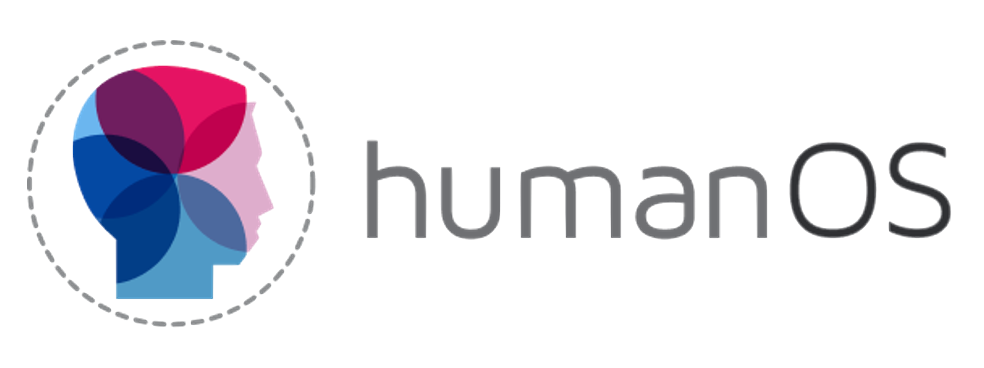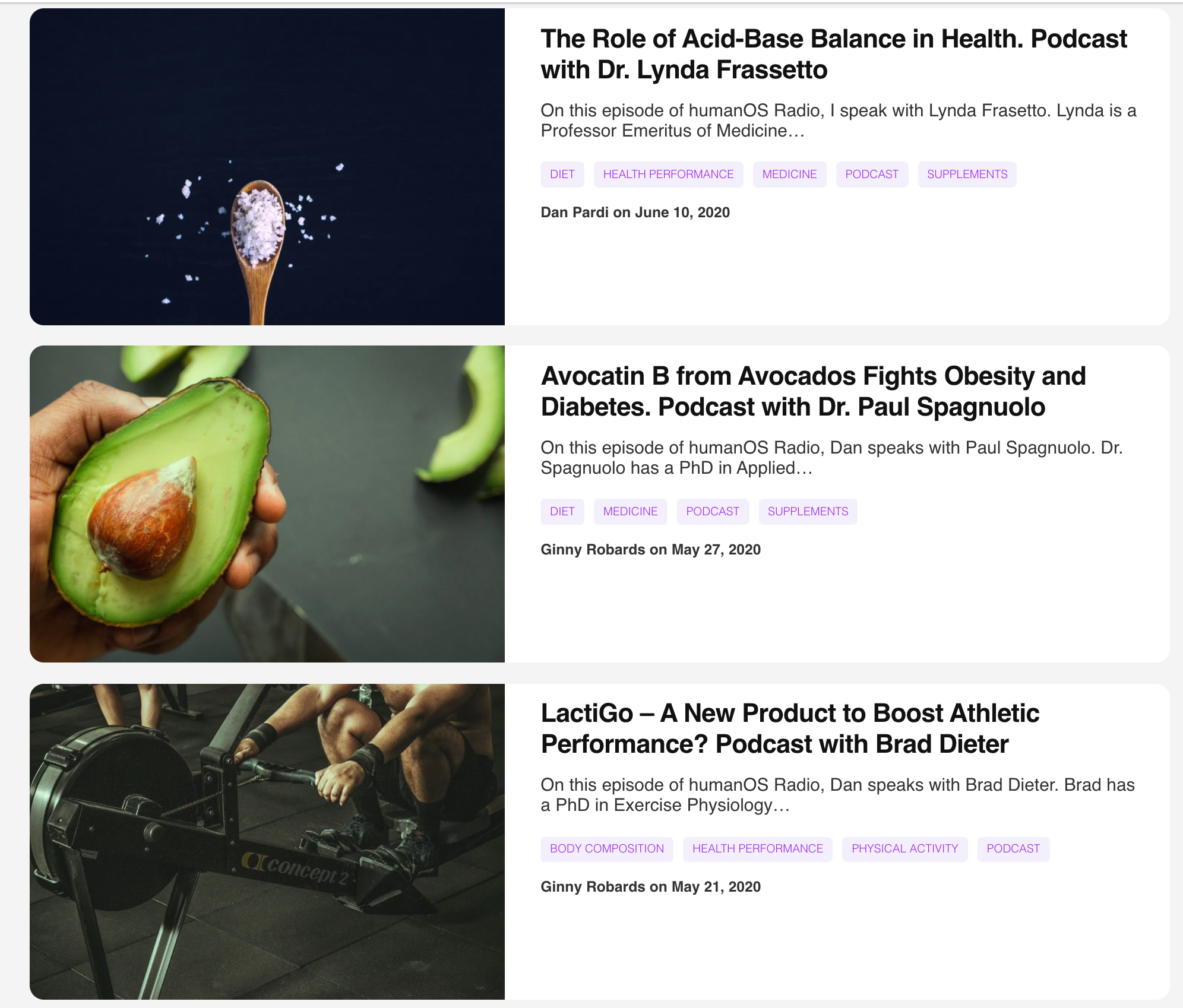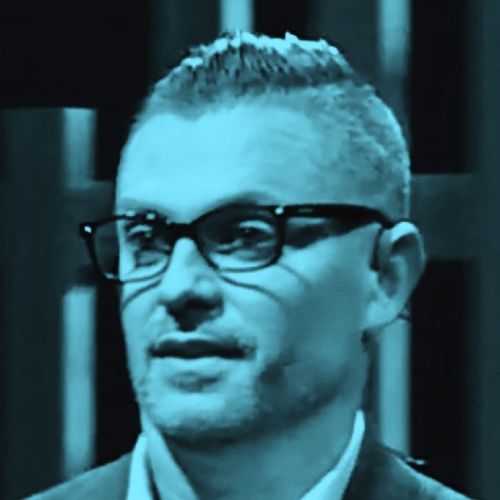#074 - Is Red Light a Missing Nutrient for Our Health? - Dr. Michael Hamblin
Light is essential to life as we know it. Plants rely upon sunlight to generate chemical energy, which is stored in their tissues and fuels various life processes. In turn, animals like us convert the energy from the food that we eat into mechanical energy.
Given its fundamental role in our biology, perhaps it makes sense that specific types of light are connected to our health in some surprising ways, which research is only just starting to elucidate. For example, short-wavelength light (or blue light) has been shown to modulate blood pressure. And some studies have suggested that ultraviolet light might protect against weight gain and cardiovascular disease.
But another form of light exposure, which you’ve probably heard about before, and which we haven’t had the opportunity to address here, until now, is red light therapy.
Like hundreds of technological advances that we take for granted today, the medical application of red light therapy appears to have originated from NASA. Scientists developed red light-emitting diodes (LEDs) to help promote growth in plants on space shuttle missions. From there, red light was investigated for potential medical uses. These LEDs were shown to stimulate energy processes in mitochondria - the organelles from which our cell’s energy is generated. By augmenting mitochondrial function, and enhancing energy production, you would expect cells to be better able to repair and rejuvenate themselves. But is that indeed the case?
In this episode of humanOS Radio, Dan speaks with Michael Hamblin. Dr. Hamblin was (recently retired) Principal Investigator at the Wellman Center for Photomedicine at Massachusetts General Hospital, and an Associate Professor at Harvard Medical School.
There is perhaps no one alive with greater expertise in the health effects of red light therapy and near infrared light than Dr. Hamblin. He is a prolific researcher in photomedicine, having published over 400 peer-reviewed articles on the subject, as well as authored and edited 23 different textbooks.
In this interview, Dr. Hamblin explains:
What photobiomodulation is, and the molecular mechanisms through which it works its magic
What wavelengths and intensities of light are used for physiological effects
How photobiomodulation has been investigated for athletic performance, skin health and rejuvenation, and psychological conditions
When and how to use red light therapy for exercise performance and recovery
How red light functions as a healthy stressor to elicit anti-aging effects
And more!



